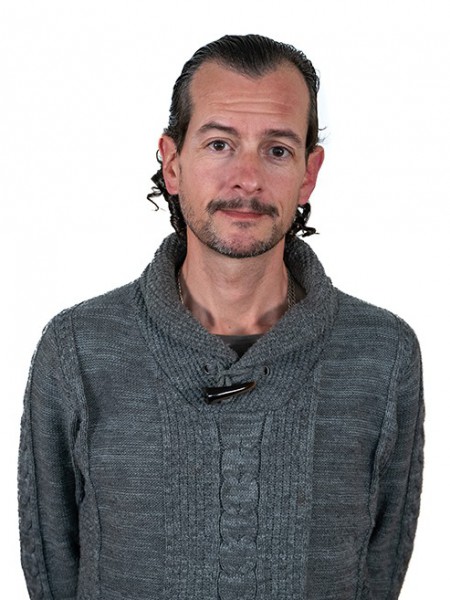abstract
The crystallization process of methane hydrate in a confined geometry resembling seabed porous silica sedimentary conditions has been studied using Molecular Dynamics simulations. With this objective in mind, a fully atomistic quartz silica slit pore has been designed, and the temperature stability of a methane hydrate crystalline seed in presence of water and guest molecule methane has been analyzed. NaCl ion pairs have been added in different concentrations, simulating salinity conditions up to values higher than average oceanic conditions. The structure obtained when hydrate crystallizes inside the pore is discussed, paying special attention to the presence of ionic doping inside the hydrate and the subsequent induced structural distortion. The shift in the hydrate stability conditions due to the increasing water salinity is discussed, and compared with the case of unconfined hydrate, concluding that the influence of the confinement geometry and pore hydrophilicity produces larger deviation in the confined hydrate phase equilibria.
authors
Ángel M. Fernández-Fernández, Álvaro Bárcena, María M. Conde, Germán Pérez-Sánchez, Martín Pérez-Rodríguez and Manuel M. Piñeiro
our authors
acknowledgements
M.M.P. acknowledges financial support from Spanish Ministerio de Ciencia e Innovación (MCIN), through grant Ref. PID2021-125081NB-I00. MPR acknowledges "María Zambrano" contract of the Univ. de Vigo, financed by the Spanish Ministerio de Universidades/33.50.460A.752 and by “European Union NextGenerationEU/PRTR”, and grant Ref. CNS2022-135881 financed by MCIN/AEI/10.13039/501100011033. G. P.-S. acknowledges the national funds (OE), Ref. DL 57/2016/CP1482/CT004 and DOI: 10.54499/DL57/2016/CP1482/CT0043 through FCT – Fundação para a Ciência e a Tecnologia, I.P., in the scope of the framework contract foreseen in the numbers 4, 5 and 6 of the article 23, of the Decree-Law 57/2016, of August 29th, changed by Law 57/2017, of July 19th. ". MMC acknowledges Ministerio de Ciencia e Innovación (Grant No. PID2022-136919NB-C32) and CAM under the Multiannual Agreement with UPM in the line Excellence Programme for University Professors, in the context of the V PRICIT (Regional Program of Research and Technological Innovation). The authors also acknowledge access to computing resources by both Universidad Politécnica de Madrid (www.upm.es, Magerit Supercomputer), and Centro de Supercomputación de Galicia (CESGA, www.cesga.es, Finisterrae III Supercomputer).


